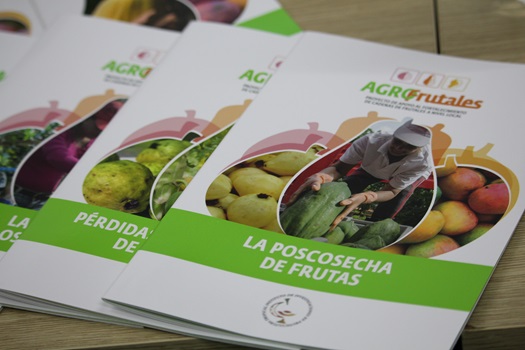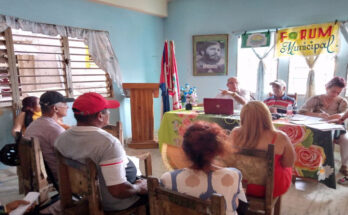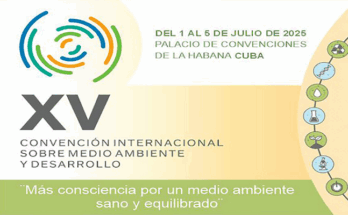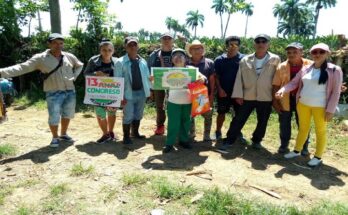The management of Cuban agro-food chains of mango, guava and papaya, included in the international collaboration project Agrofrutales, has among its objectives that municipalities and local governments begin to establish their own strategies to achieve a country-wide scope.
Implemented by the United Nations Development Program (UNDP) and with Canada as a donor country, since 2018 it has been working in five municipalities in the country, and consists of 35 beneficiaries. Of them 25 cooperatives and 10 state entities, with 35 intervention projects, explained to Prensa Latina the national technical coordinator of the project, Emilio Farrés.
The criterion for selecting the localities -Caimito, Alquizar, Artemisa, Contramaestre and Santiago de Cuba-, in the provinces of Artemisa and Santiago de Cuba, was given by the weight they had in fruit production at national level, he said.
The researcher also pointed out that the Ministry of Agriculture and the Institute of Fruit Growing – as the executing arm – conceived the project in stages and seek three results.
First, to expand local capacities, between government and producers, to manage the chain, diagnose local strategic planning and strengthen people’s capacities.
Second, to strengthen the productive capacities of cooperative entities, and finally, to strengthen those of state or non-cooperative entities.
Farrés pointed out that there are two cross-cutting aspects of the project: the elimination of gender gaps and the empowerment of women, as well as the energy efficiency of the chain through the use of renewable energy sources.
Another investigation, he added, focused on energy efficiency, which made it possible to include in the intervention projects the purchase of irrigation systems with photovoltaic panels, windmills and other forms of using renewable energy sources, together with a financial research that covered market interests.
Developed by the producers themselves, he added, the initiatives have an economic evaluation to guarantee sustainability and the studies identified that part of the commercialization should be directed to niches such as tourism, the domestic market or exports.
The researcher stressed that in these projects there is an articulation with the Food Security Law (SAN). We, he said, elaborated the national fruit tree strategy, fundamental guidelines for each municipality to elaborate its plan and that of the localities, led by their own governments.
The decentralization of the functions and the food problem of each locality is a responsibility of the government, the Institute provides tools.
The SAN law, the strategy and the development of the places cannot be seen in isolation, he continued, “the fruit trees are part of the nutritional complement, and each municipality has to be sovereign, at least, of the largest possible amount of food for its population”.
Farrés indicated that despite the decrease in the productive indicators of agriculture in recent years, in the productive poles of the three chains worked on, an increase can be seen in relation to the 2018 baseline, and in some places the goal was exceeded.
However, relevant results can be observed in the transformation carried out in the territories, the strengthening of the productive capacities of the cooperatives, the improvement in plantation management, the insertion of more efficient and sustainable technologies.
There has also been an increase in the production and use of bioproducts, the expansion of local capacities to add value and the increased participation and empowerment of women.
In any case, better results require the active participation of the diversity of sectors, actors and institutions that are part of the chain.
(With information from PL)




